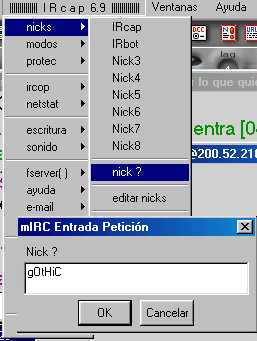
Trained psychologists conducted diagnostic interviews with the adolescents and the children's parents using the Persian version of the Kiddie Schedule for Affective Disorders and Schizophrenia for School-Age Children-Present and Lifetime Version (K-SADS-PL). The sample weighting adjustment was used, since we had randomly selected the equal number of 1000 participants of each province from the urban and rural areas. Iranian citizens aged 6-18 years who resided at least 1 year in each province were included, and children and adolescents with severe physical illnesses that prevented them to participate in the study were excluded. The National Epidemiology of Iranian Children and Adolescents Psychiatric Disorders was a cross-sectional, general population-based study on 30,532 children and adolescents aged 6-18 years from all provinces of Iran, which was done using multistage cluster sampling. The aim was to evaluate the lifetime prevalence of conduct disorder according to sociodemographic characteristics, determine the sociodemographic predictors of conduct disorder, and estimate the rates of comorbidities of psychiatric disorders in children and adolescents with conduct disorder by age and gender. The results demonstrate the need for a specific intervention programme for the adolescent to reduce their involvement in illegal street racing and aggressive behaviour. Most of the participants stated that growing up with violence caused a psychological impact on their soul, making them stubborn, rude, and aggressive. Meanwhile, the risk factor of family problems includes divorced and conflicted parents, raised by violence, being neglected, and not being appreciated by the family. The results demonstrate three subthemes to prohibited substances intake: to relieve stress, for personal enjoyment, and for racing purposes, whereby the drugs are taken before races for the riders to be more courageous, aggressive, and agile manoeuvring the motorcycles.
#Serial para ircap software#
Their responses were analysed using the NVivo software version 12. In-depth interviews were conducted with thirty people in Penang, Malaysia, who participated in illegal street racing, referred to as Mat Rempits. In this qualitative study, abductive strategies oriented to phenomenological approaches were employed to assess two types of aggressive behaviour risk factors, which were substance abuse and problematic family structures. Aggressive behaviours have been associated with prohibited substances intake, lack of religious knowledge, problematic family structures, and school failure. Illegal motorcycle street racing is a threat to civil society-it is a symbol of adolescents' inner rebellion who channelled their unfulfilled desire through aggressive behaviour on the road, causing significant social and economic impact.

Longitudinal studies are needed to replicate the findings of this study and explore the causality between the variables.

Only mothers’ psychiatric disorder and lifestyle had significant associations with comorbid disorders and the relationships between conduct disorder and the variables were mediated through comorbid disorders. By considering the covariates, we found that fathers’ psychiatric disorders and social capital were more associated with children’s conduct disorder as compared to mothers’ psychiatric disorders and lifestyle we also found that mothers’ psychiatric disorders had an indirect association with children’s conduct disorder. Three models were developed demonstrating direct and indirect associations between conduct disorder and the variables, with or without considering covariates. Parents completed the Millon Clinical Multiaxial Inventory, 3rd edition (MCMI-III), Social Capital, and Lifestyle Questionnaires.

Trained psychologists performed the diagnostic assessment of the adolescents and children’s parents using the Persian version of the Kiddie Schedule for Affective Disorders and Schizophrenia for School-Age Children-Present and Lifetime Version (K-SADS-PL). Data were collected from the National Epidemiology of Iranian Children and Adolescents Psychiatric Disorders (IRCAP), which included 30,532 children and adolescents aged 6 to 18 years and their parents in all provinces of Iran. The aim of this study was to determine the relationship between conduct disorder and parents’ psychiatric disorders, social capital, lifestyle, and comorbid disorders using a structural equation modeling (SEM).

Since the global burden of conduct disorder is considerable, its determinants have yet to be discovered.


 0 kommentar(er)
0 kommentar(er)
